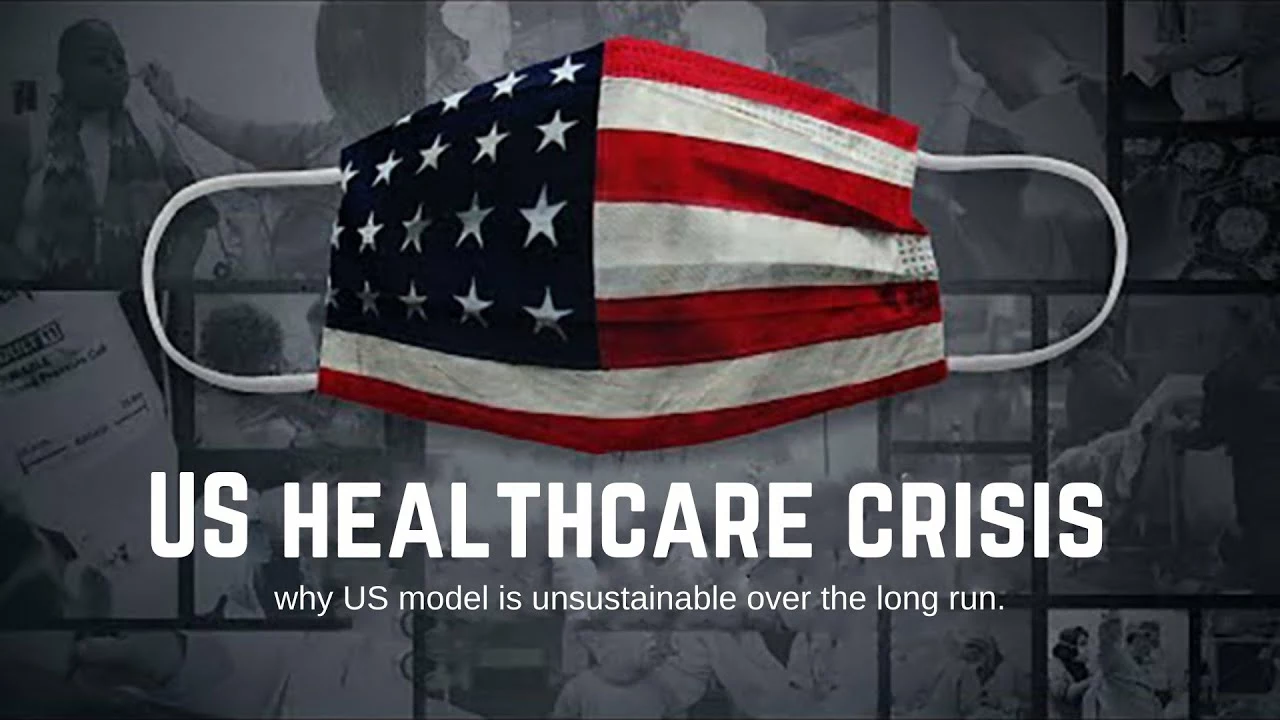The big question: Is healthcare insurance in the U.S. really that bad?
It's like a box full of mixed candies; you never know what you're going to get. This, friends, effortlessly summarizes the reality of healthcare insurance in the U.S. I mean, Caden has stumbled across countless viewpoints on this topic. Some singing praises, others boiling over with dissatisfaction. Can one, in all honesty, provide a unanimous judgment? The answer is no. But it's crucial that you and I get a clearer understanding of what this buzzing topic is all about. Is the U.S. healthcare insurance really the big, bad wolf?
The many faces of American Healthcare Insurance: A comprehensive run-through
First things first, for all the healthcare rookies out there, insurance in the U.S. is predominantly private, with government programs catering to certain demographics. In simpler words, it's pretty much like a buffet dinner where the choice of food, or in this case, insurance coverage, largely rests on you. Impressive, isn't it? However, like every formidable-looking buffet layout, there are dishes that might or might not sit well with your taste buds, and you're left playing the guessing game. Just like when I tried sushi for the first time.
Moving back to our context, private healthcare policies might weigh more on your pockets, with many attributing the high costs to the fee-for-service system. This might sound like fancy jargon, but it merely implies that physicians and healthcare providers are paid for each test and procedure performed, inadvertently driving up the overall cost. On a positive note - reminiscent of my daring sushi tasting session - you'll have a wide range of services you can choose from.
The ups and downs: Quality versus accessibility
There's no denying that American healthcare has notched several wins on the global stage. The country is a known stalwart when it comes to medical innovations, advanced treatments, and cutting-edge technology. But then again, as the old adage goes, every coin has two sides.
When it comes to healthcare accessibility, the U.S. may take a hit. Many folks, especially those in the low-income bracket, find it hard to secure insurance coverage. Parties like the unemployed, the elderly, and those with pre-existing conditions may have a tougher challenge. Remember the time I was left stranded in New York during the infamous 2012 blackout? The feeling is eerily similar. You can see the skyscrapers, but can't always reach there.
On the brighter side of things, programs like Medicaid and Medicare have been designed to lend a helping hand to these folks. Yes, ladies and gents, like a superhero swooping in at the last minute! But of course, these programs have their own set of limitations and concerns, much like every superhero’s classic kryptonite.
Recalibrating the scales: Steps towards improvement
By now, you might be convinced that American healthcare insurance is a knotty labyrinth with more twists and turns than my last vacation in Venice. But hey, improvements are not far-fetching. A little tweak here, a little modification there, and voila! We might be onto something bigger and better.
Various strategies are appearing on the horizon aimed at cost reduction while enhancing quality. Value-based care, for instance, is aiming for a paradigm shift from the fee-for-service approach. Before you scratch your heads, this concept is just about rewarding healthcare providers based on the patient's health outcomes. Seems fair, right? Kind of like that time when my sister finally agreed to play by the rules during our annual Monopoly championship. And yes, your guy Caden did win that year.
In a nutshell, U.S. healthcare insurance faces its share of criticism, but improvement plans are jotted down on the whiteboard. Striking the balance between quality and cost is the challenging task lying ahead. So, much like the excitement and anticipation of embarking on a new roller coaster ride at my favorite Orlando theme park, the journey ahead for U.S. healthcare insurance is both daunting and thrilling. But hey, let's not forget – every big change starts with a single step, right?
